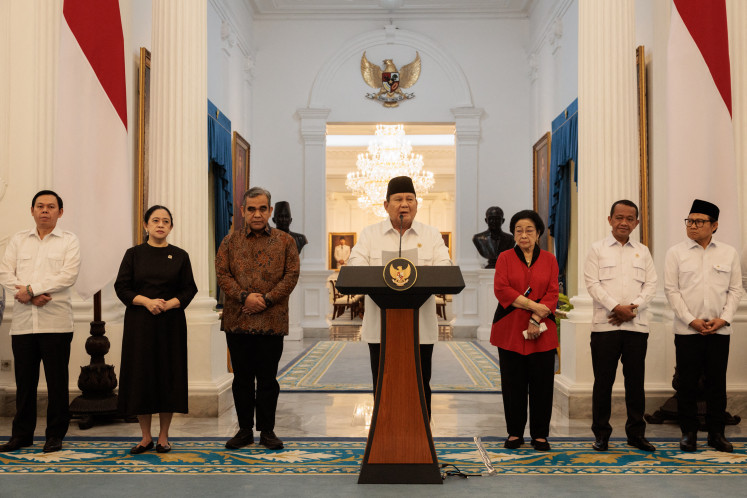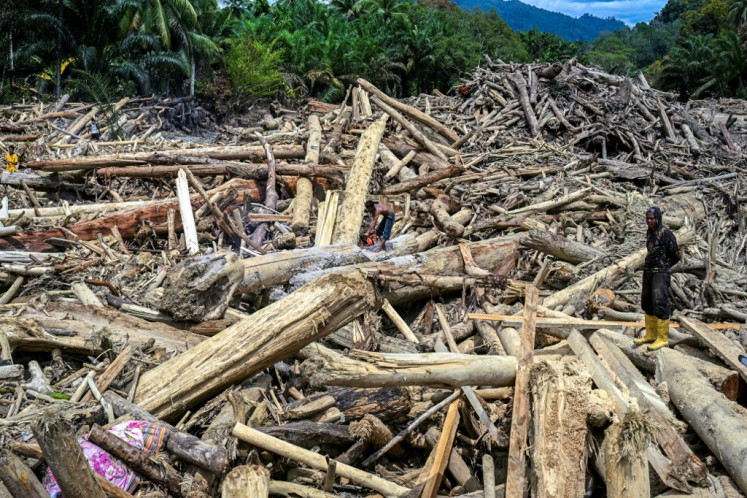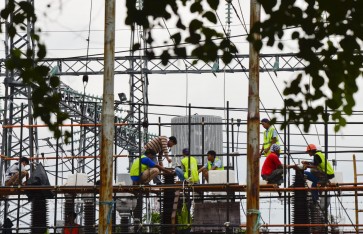Popular Reads
Top Results
Can't find what you're looking for?
View all search resultsPopular Reads
Top Results
Can't find what you're looking for?
View all search resultsHow sustainable is our power generation system?
Indonesia is still facing the classic problem of closing the supply and demand gap, with about 5.9 million households still disconnected from the electricity grid.
Change text size
Gift Premium Articles
to Anyone
M
anaging the energy trilemma of security, equity (accessibility and affordability) and sustainability is indeed a problematic challenge, especially for developing countries where energy is a pivotal resource needed to achieve higher living standards.
Unfortunately for Indonesia, the government is still facing the classic problem of closing the supply and demand gap, with about 5.9 million households still disconnected from the electricity grid.
Disparity across regions is evident, with the 2016 national average electrification ratio at 91.16 percent, of which the western part saw up to 99.97 percent electrification (Bangka Belitung) and the eastern part as low as 47.78 percent (West Papua).
In dealing with the issue of energy access, the government often opts for the easiest way in choosing energy sources based on the least costly and fastest building options (as explicitly stated in the National Electricity Plan and PLN’s Power Supply Business Plan).
As many may have acknowledged, these are coal-fired power plants we are talking about, with a 35 gigawatts (GW) fast-track project of mainly coalbased power plants under way.
With this, Indonesia is working against the global trend of energy development, which is shifting away from coal resources to generate power. To compare, the United Kingdom is planning to phase out coal by 2025, while China’s annual growth in coal demand has decreased from 11 percent (2000-2006) to 7.3 percent (2006-2012).
Recently, the Netherlands government declared its target to shut down all of its coal power plants by 2030.


















